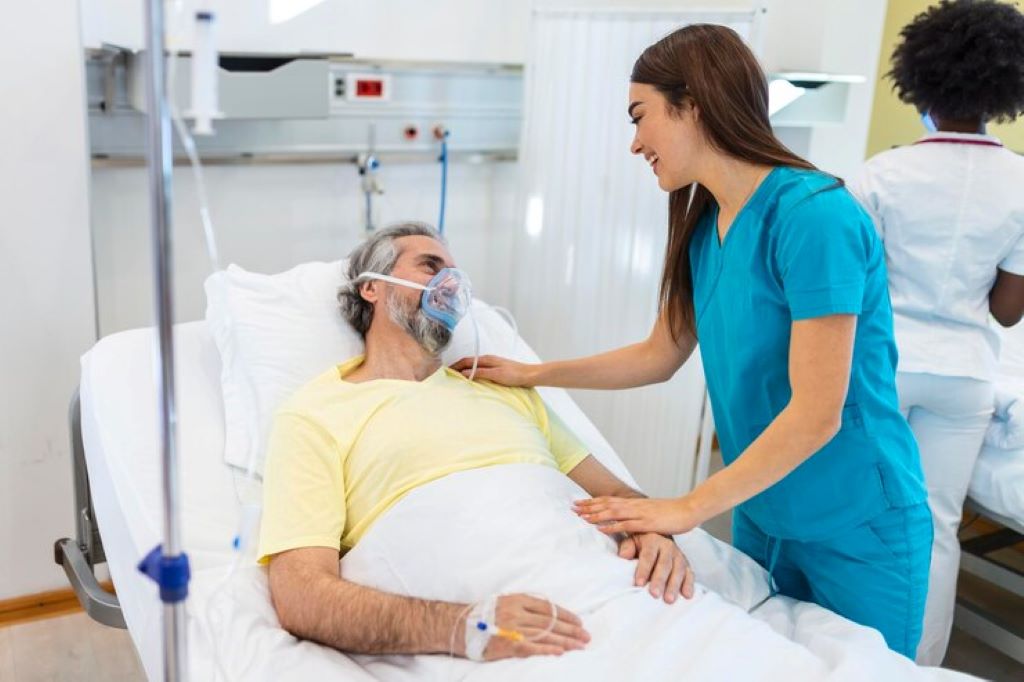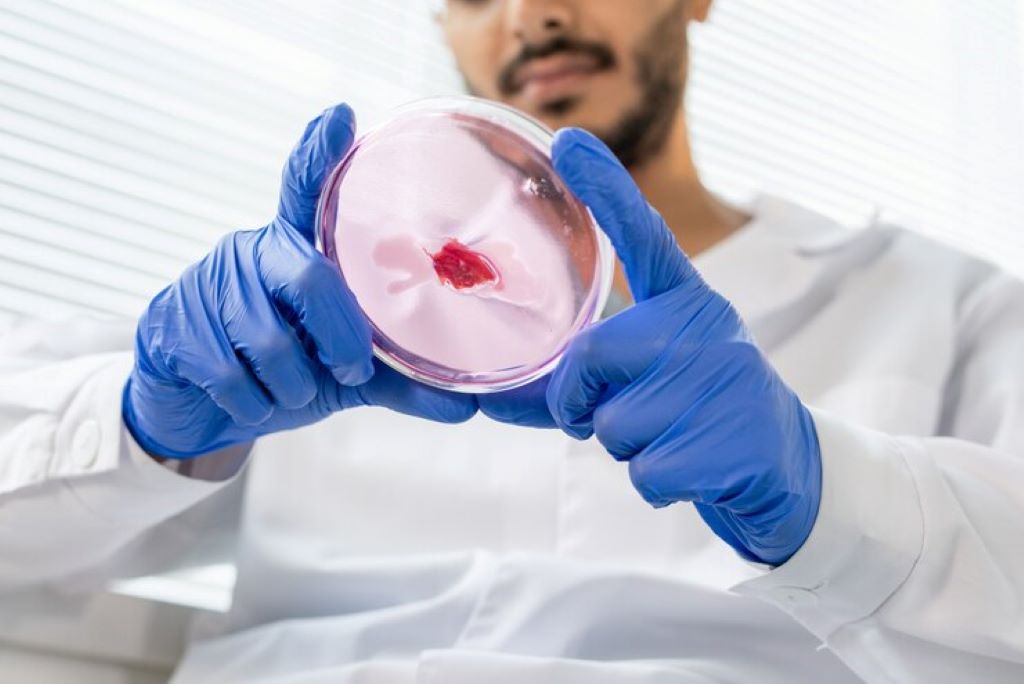In recent years, medical science has witnessed remarkable advancements. Emerge Plasma Rich Treatment (PRT) is a groundbreaking therapeutic approach. PRT, also known as platelet-rich plasma therapy, harnesses the body’s natural healing mechanisms to address a wide range of health issues.
This article explores the science behind PRT, its applications, and the manifold benefits it offers to patients seeking effective and minimally invasive treatments.
Understanding Plasma Rich Treatment
Plasma Rich Treatment revolves around the utilization of platelet-rich plasma (PRP), a component derived from the patient’s own blood. PRP contains a concentrated amount of platelets, which are rich in growth factors and other bioactive proteins crucial for tissue repair and regeneration.
The process begins with a simple blood draw from the patient, followed by the isolation and concentration of PRP through centrifugation. Once concentrated, the PRP is carefully injected into the targeted area, where it initiates a cascade of healing responses.

Applications of PRT
The versatility of PRT lends itself to a diverse array of medical and aesthetic applications. Some of the most common uses of PRT include:
- Orthopedic Injuries: PRT has gained significant traction in orthopedic medicine for its ability to promote tissue repair and reduce inflammation in conditions such as tendon injuries, ligament sprains, and osteoarthritis. By stimulating the regeneration of damaged tissues, PRT offers patients a non-surgical alternative with promising outcomes.
- Dermatological Conditions: In dermatology, PRT is utilized to address various skin concerns, including acne scars, alopecia, and aging-related changes. The growth factors present in PRP promote collagen synthesis and improve skin elasticity, leading to smoother texture and enhanced overall appearance.
- Dental Procedures: PRT has also found applications in dentistry, particularly in procedures such as dental implant placement and periodontal therapy. By facilitating tissue healing and bone regeneration, PRT enhances the success rates of dental interventions and accelerates post-operative recovery.
- Chronic Wounds: Chronic wounds, such as diabetic ulcers and venous stasis ulcers, pose significant challenges in clinical practice. PRT offers a promising solution by stimulating angiogenesis and tissue remodeling, thereby expediting wound closure and reducing the risk of complications.

The Science Behind PRT
At the core of PRT lies the intricate interplay between platelets and various growth factors present within PRP. Platelets play a pivotal role in hemostasis and tissue repair, releasing growth factors such as platelet-derived growth factor (PDGF).
Moreover, transforming growth factor-beta (TGF-β), and vascular endothelial growth factor (VEGF) upon activation. These growth factors orchestrate key processes involved in tissue regeneration, including cell proliferation, angiogenesis, and extracellular matrix synthesis.
Therefore, by delivering a concentrated dose of these bioactive molecules directly to the site of injury or dysfunction, PRT accelerates the body’s natural healing processes. Moreover, since PRP is derived from the patient’s own blood, the risk of adverse reactions or rejection is minimal, making it a safe and well-tolerated treatment option for many individuals.
Benefits of PRT
The adoption of PRT in clinical practice has yielded a multitude of benefits for patients:
- Enhanced Healing: PRT accelerates the body’s natural healing processes, leading to faster recovery times and improved outcomes for patients undergoing treatment.
- Minimally Invasive: Unlike surgical interventions, PRT is minimally invasive and typically does not require general anesthesia, reducing the risks associated with invasive procedures.
- Personalized Treatment: Derived from the patient’s own blood, PRP tailors each treatment according to individual needs, maximizing efficacy, and minimizing the likelihood of adverse reactions.
- Versatility: PRT offers a versatile therapeutic approach for a wide range of conditions and patient populations across various medical specialties for overall well-being.
Future Directions and Considerations
As Plasma Rich Treatment continues to evolve, ongoing research endeavors seek to further elucidate its mechanisms of action and expand its therapeutic potential. Areas of particular interest include:
- Regenerative Medicine: PRT holds immense promise in the field of regenerative medicine, with ongoing investigations focusing on its application in tissue engineering, organ regeneration, and stem cell therapy. By harnessing the regenerative capabilities of PRP, researchers aim to develop innovative solutions for complex medical challenges.
- Combination Therapies: Combinatorial approaches, integrating PRT with other therapeutic modalities such as stem cell therapy or nanotechnology-based drug delivery systems, represent a burgeoning area of research.
- Standardization and Guidelines: As the adoption of PRT grows, efforts to standardize protocols and establish clinical guidelines become increasingly important. Standardization ensures consistency in treatment outcomes and facilitates comparability across studies, ultimately enhancing the quality of patient care.
- Addressing Limitations: While PRT offers numerous benefits, it is essential to acknowledge its limitations and areas for improvement. Challenges such as variability in PRP composition, limited evidence in certain medical indications, and cost considerations underscore the need for continued research and refinement of PRT protocols.

Conclusion
Plasma Rich Treatment stands at the forefront of medical innovation, poised to revolutionize healthcare delivery and improve patient outcomes across diverse medical specialties.
As research advances and technology evolves, the future of PRT holds tremendous promise, paving the way for transformative breakthroughs in regenerative medicine and personalized healthcare.



